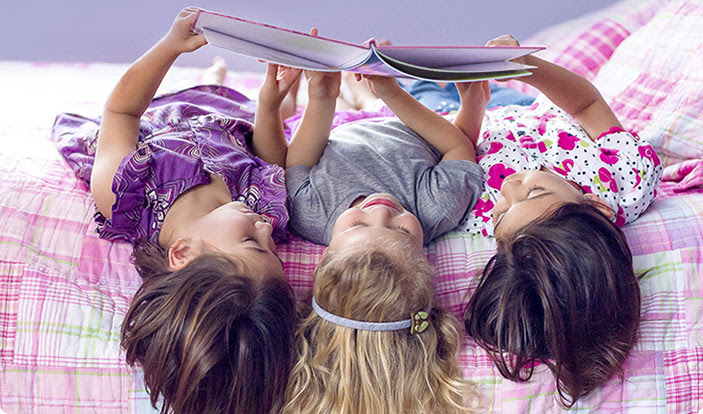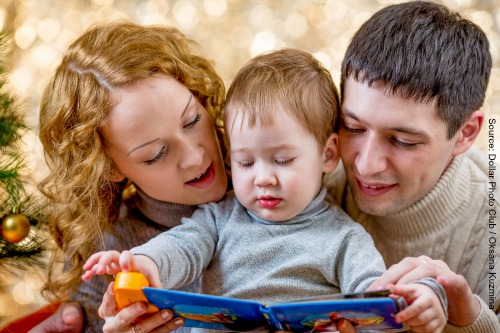
Get your child excited about reading with these fun activities, children’s crafts and games! A love of reading will stay with your child forever. Why is it so important for a child to learn how to read? Reading boosts their imagination and creativity. Your child can go on book adventures to new places and learn about the world around them. Reading also helps build compassion and empathy. Personalized children’s books are especially engaging, because your child stars in the story! When kids see their name on every page, they become excited to read and learn! These activities will help your child to sight read, build sentences, and develop their vocabulary. Get started with a few of these fun ideas and kick start your child’s lifetime love of reading!
Camp out with your favorite book.
Bring your child’s favorite book to read and camp inside your home! Make a blanket fort and set up a sleeping bag and flashlight inside. Enjoy your favorite book as a family for a cozy reading night. For a truly engaging storytime, select a personalized book like My Very Own Nursery Rhymes or Reasons Why I Love You—which has the child’s name featured in the story!

Enjoy a game of reading bingo.
For this reading game, create a bingo board that your child can play with family or friends. Write a different word for each square. You can theme these words for different times of year. For spring, choose words like fun, run, jump, rain, flower, garden, and bird. When a word is called out, the child must find that word on the board—using their sight reading and letter sounding skills to find the right one.
Send your child on missions to learn about love and kindness!
With the personalized activity box Mission: Love, your child will read instructions by the Senses Bureau to complete fun activities, learning about love along the way! Made special for your child, this activity box is a perfect way to get kids excited about reading.

Create an ABC Countdown calendar.
In a calendar or planner, list out a letter of the alphabet for each day of the month. Every letter stands for a different activity that your child can do that day, after they’ve learned the letter!
- A is for art. Have your child draw a picture of the letter A when they come home from school.
- B is for book. Read a book together at bedtime.
- C is for career day. Introduce your child to fun and exciting careers in the personalized alphabet book ABC What Can I Be!
- D can be for dance party or dinosaur dig—a fun sensory activity to dig for dinosaur toys
Select your favorite activities for each letter of the alphabet, and have fun learning!

Build a sentence game.
This reading activity helps your child create sentences out of words! For this game, you’ll need a box, pieces of paper with different words, and one dice.
For the box, you can craft a tissue box into a “reading monster” box–with the tissue opening as the monster’s mouth. Write words on pieces of paper. Write a variety of words with subjects and nouns like she, he, they, run, come, play, go, take, etc. Place these pieces of paper inside the box.
How to play: Your child will grab a handful of words from the box. After rolling the dice, they will create a sentence based on the number they’ve rolled. If they rolled a three, they would create a sentence with three words, using the pieces of paper they grabbed from the box. See how many sentences you can make!
Find the hidden words in this word scavenger hunt!
Four words have gone missing! It’s up to your child to act like a detective and find the hidden words. Write up a series of clues, hidden in various places around your home. As the child reads the clues, they will run around the house searching for the missing words.
Decode the secret message.
You and your child will write hidden messages to each other and decode them! This is a fun reading activity that involves coloring too. Write a message on white paper using a white crayon. To decode it, paint over the writing with watercolors and see the message reveal itself! You can write messages to your child and ask them to read it out loud, helping them to sound out words and build sentence comprehension.





